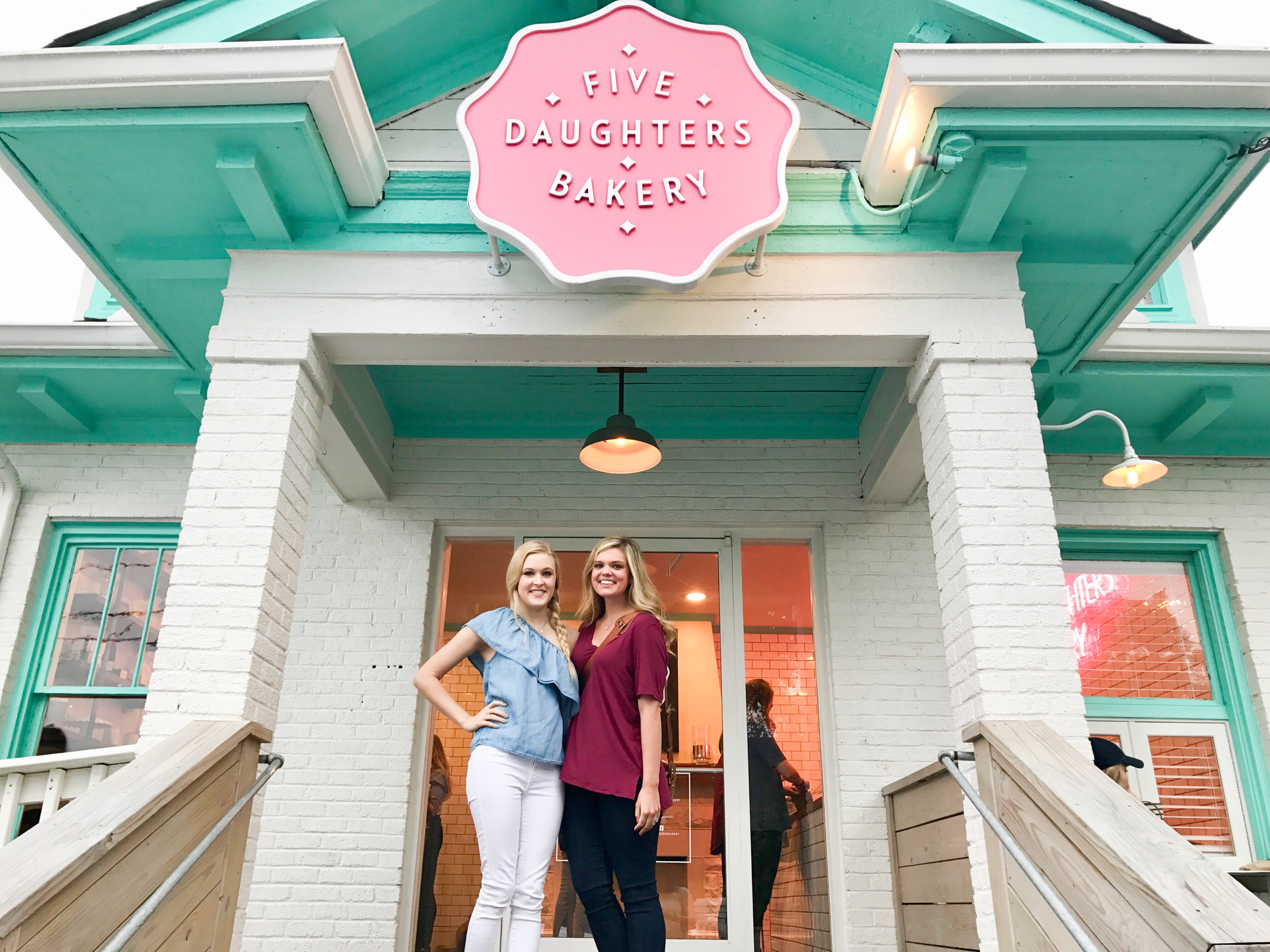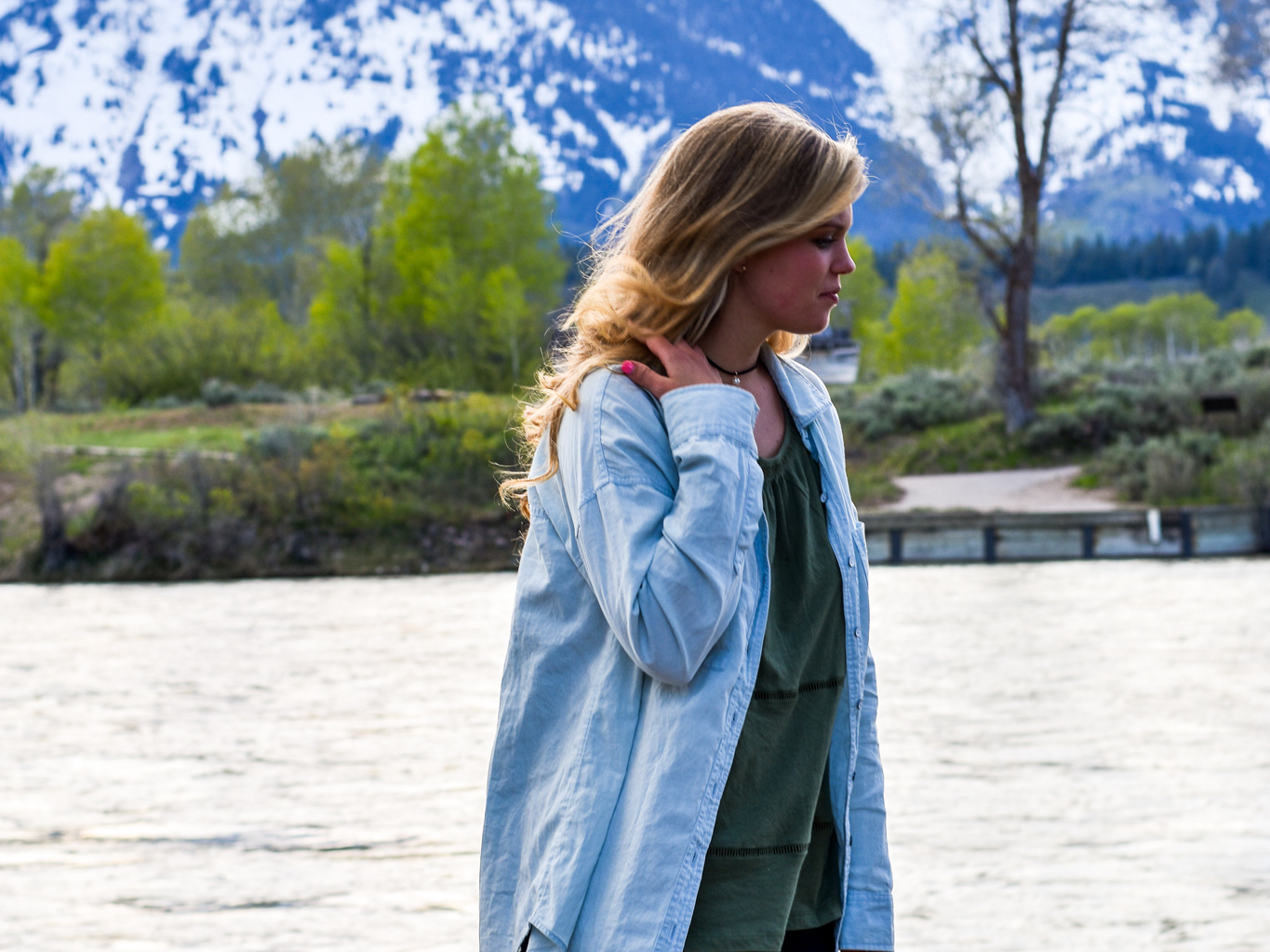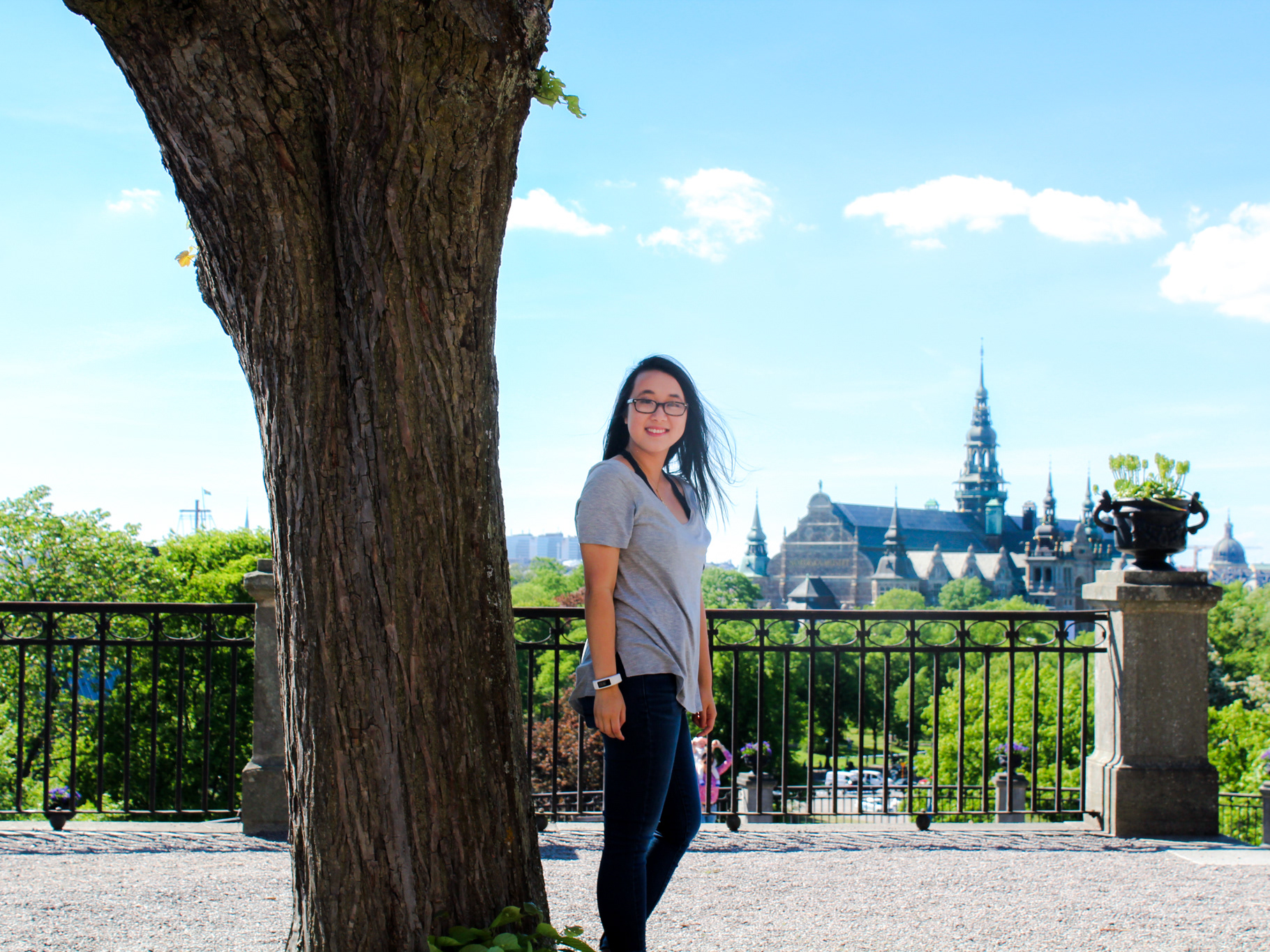Molly's Time in Sweden
When people think of Sweden, they think of Ikea, meatballs, blonde thin people, and cold dark weather. All of these things are a fair representation of the business, food, society, and climate of this beautiful country. But, those are just surface projections of a much greater place.
Davis and I will be staying here for two months for his job training, and we plan to indulge in as much of the culture as possible. From our first week we’ve made several observations of Stockholm and its people, and although it’s not our home, it is full of fascinating new experiences.
The Ericsson Building in Kista is where Davis will be working for the next couple of months.
Our apartment is in the heart of the city close to the central subway station, where we frequent for food and travel. There are plenty of American businesses here like McDonalds and Starbucks to give us a little taste of home. Swedish establishments like Wayne’s Coffee and the Pressbryan convenience store provide us with different Swedish goods and supplies as well. When they say Americans do everything bigger, they are totally right, especially when it comes to grocery stores. We are all used to walking into a Kroger or Walmart and going through rows and rows of food, home goods, and medicines. But here, they don’t have these “supermarkets” that I’ve grown accustomed too (at least not in the city).
Our apartment living room is full of Ikea furniture and decor.
The apartment kitchen came fully equipped with pots and pans.
You can’t just go to one place and get sandwich meat, shoes, and a desk lamp like you can at Target. In some ways this is a good thing—you don’t have crowded lines or people constantly in your way when you’re trying to pick out grapes. However, you can’t one-stop shop, which is something I think Americans really take for granted. On top of the smallness of these stores, you have to BUY the grocery and shopping bags and reuse them. Sweden (and everywhere but America) is really into environmental conservation. We experienced the same thing in Canada, where recycling was almost enforced, and wasting paper, plastic, and glass was taboo. I actually quite like this ideal, and it certainly makes the streets, subway, and buildings feel cleaner. Just think about how many convenience and grocery store bags you’ve thrown away this past year… now multiply that by the amount of people in America. That is a lot of bags.
Grocery shopping can be difficult here if you don't speak Swedish. Here is what we thought was regular milk and yogurt. It is actually skim milk and cottage cheese.
Paying for bags isn’t the only commodity you have to expense around here. Using the public toilet costs between 5 and 10 SEK (around 50 cents to 1 USD). It is very expensive to live in Scandinavia compared to North America. You’ll pay a heavy price for things we think are cheap. Food and eating out are particularly expensive, and most meals will cost a minimum of $10 a person. Do you want a vanilla latte from Starbucks? Well it’s 50 SEK (5.50 USD). What about a Big Mac Meal from McDonalds? Be ready to pay 90 SEK (10.36 USD). You’d be hard pressed to find a cheap meal in Sweden. Even the groceries store prices are high. The upside to this is that everything taste super fresh. Our local grocery store called Coop barely has any processed or canned foods, and you can buy fresh out-of-the-oven bread like it's candy.
About twice a week I stop at a homemade salad and wrap place called Panini Internazionale in the subway station, and if I don’t get there before 1:00 p.m. I will not get a meal. People here don’t seem to bring lunch or cook at home a lot. Maybe it’s because the price to buy groceries can almost be more expensive than going out. But it could also be because Stockholm is still a city, and people simply don’t have the time to make their lunch in the daily hustle and bustle of life. Either way, get your food fast!
The salmon salad at Panini Internazionale is my favorite!
One food that is never scarce in Sweden is coffee. Swedish people LOVE coffee so much that they take special breaks in the day called fika to drink a cup, sometimes with kanelbullar (cinnamon rolls), and always with friends or co-workers. This is not just a 5 minute smoke break at work—it is taken a least once a day and Swedes really treasure their conversations and hot cup of Joe. If you don’t like coffee, I’d consider picking a different country to visit.
Now, I mentioned the “treasured conversation” with friends, but what about with strangers? It was a bit of a culture shock coming from the deep south of America to a non-sociable country like Sweden. The people here are quite reserved, and small talk doesn’t really exist. In America, you are used to a waiter striking up a conversation with you or a cashier asking how your day is going. But, Swedish culture doesn’t work off tips in restaurants, and that high level of customer service we take for granted is completely gone. That doesn’t mean that people are being rude however. They are just very nonchalant and to-the-point. You will get the occasional person that wants to know where you’re from and how your doing, like the manager of the 7eleven next to our gym. We always stop in there after our workout to get Davis a protein shake, and the man likes to teach us new Swedish words or phrases to help us out. Mostly though you pay and you leave, sometimes without words exchanged.
Stockholm is comprised of several islands linked together by highways, railways, and ferry rides.
Despite that slight difference in culture, almost everyone here speaks English. According to an article I read, Swedish children begin learning English as early as the third grade, and from then it becomes a required subject in public schools. It is also a Germanic language like English, so they share similar words and word order. That doesn’t mean that everyone around here is just speaking English all the time. Most people talk to their friends or family in Swedish, and because of the multiple ethnicities in the country it is hard to tell who is Swedish and who isn’t. Several people have come up to me and asked something in the language, in which I reply with a confused look and an, “I’m sorry I don’t understand.”
The menus and signs are in Swedish, which can make it difficult to order food or figure out where you’re going, but if you’re confused any person on the street should be able to help in English. We’ve only experienced one time where a person couldn’t communicate in English to us, and it was quite an awkward struggle to order our food. Thankfully the guy in line behind us generously translated our order to the waitress.
All in all, our first week here was super fun! The weather was a bit rainy, but it never gets above 75 degrees here. And although the culture will take some adjusting to, it is a very safe and clean city. In the coming weeks we plan to explore more of the country, including the Stockholm Archipelago, the Old Town of Gamla Stan, and the first Ikea in the world. So get ready for eight weeks of what I like to call the Swedish Experience, complete with funny anecdotes, beautiful scenery, and lots and lots of coffee.
The Stockholm harbor is beautiful at sunset.




